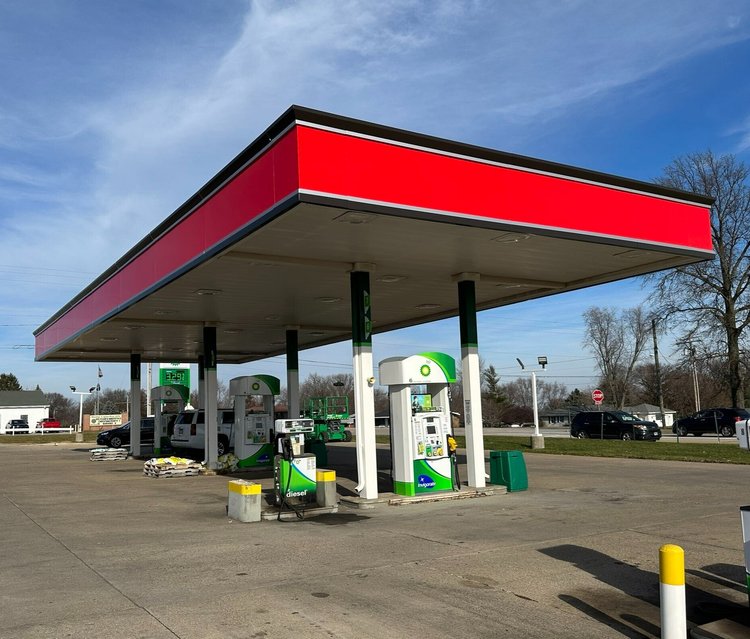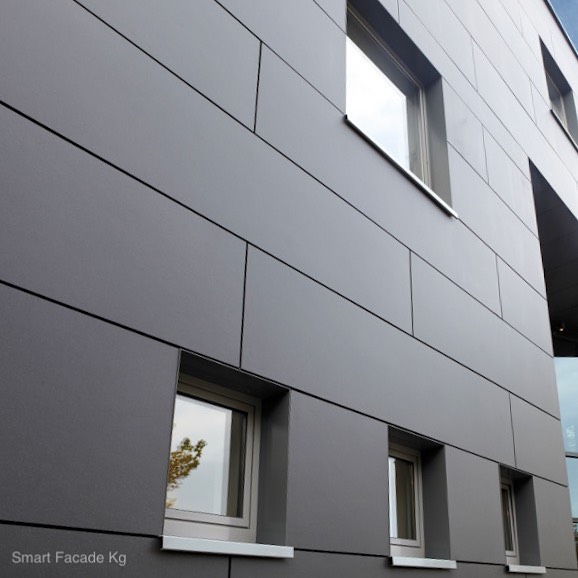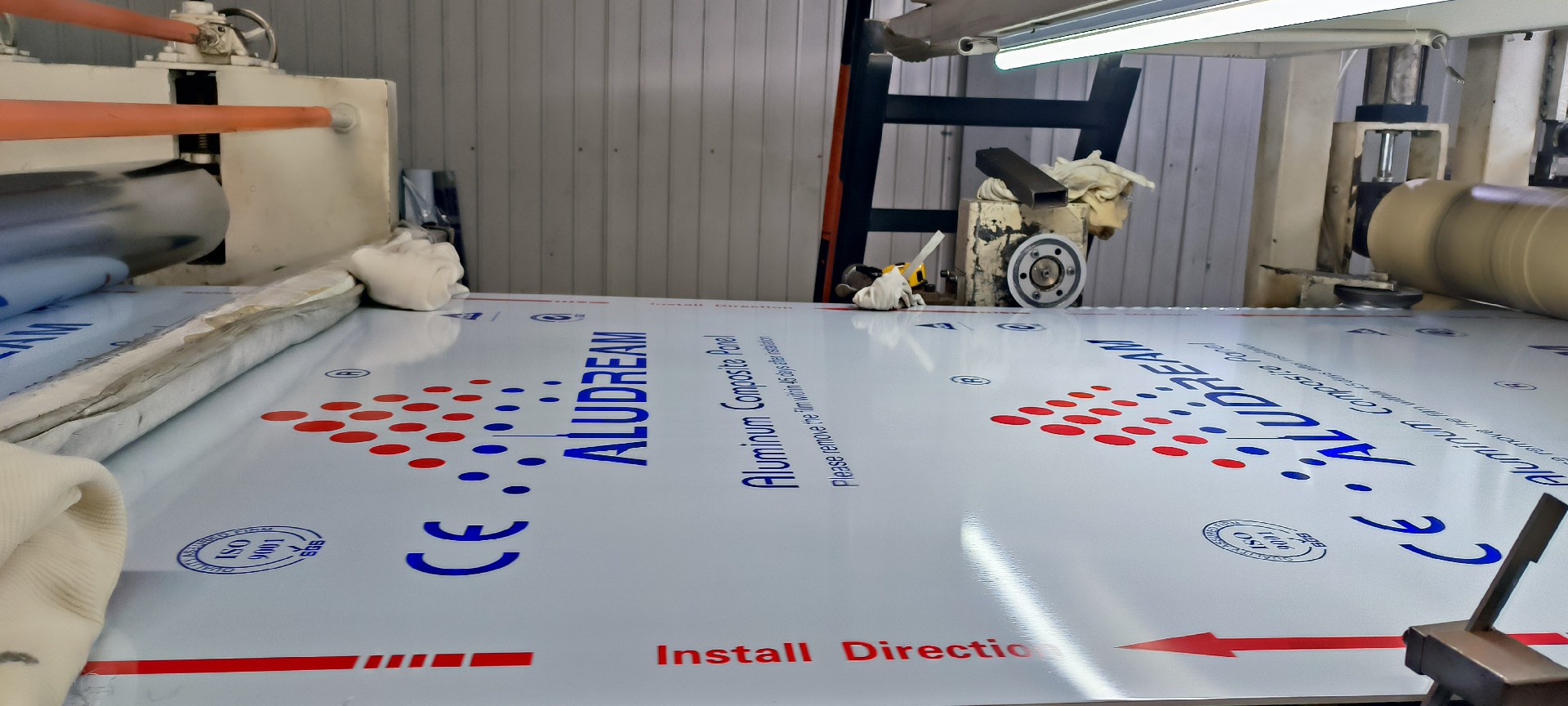Aluminum Composite Panels: The New Favorite for Modern Building Facades
Aluminum Composite Panels, a cutting-edge building material, have become a preferred choice for modern architectural facades due to their unique properties and aesthetic appeal. Today, we'll delve into the characteristics and applications of aluminum composite panels.

Characteristics of Aluminum Composite Panels
Aluminum composite panels consist of two layers of aluminum sandwiching a non-metallic core, typically plastic. This structure endows the panels with several notable features:
1.Lightweight and Strong: The panels are lightweight yet durable, making them easy to install and transport.
2.Weather-Resistant: The surface of the aluminum is treated to withstand harsh weather conditions and UV radiation.
3.Colorful Options: The panels can be customized in a variety of colors to suit different architectural styles.
4.Easy to Process: The panels can be easily cut, bent, and welded to accommodate complex designs.
5.Environmentally Friendly: Aluminum composite panels are recyclable, reducing environmental impact.

Applications of Aluminum Composite Panels
Due to their excellent properties, aluminum composite panels are widely used in various architectural sectors, including:
1.Commercial Buildings: Such as shopping centers, office buildings, and hotels.
2.Public Structures: Like airports, train stations, and museums.
3.Residential Buildings: Including high-end apartments and villas.
4.Interior Decoration: Such as interior partitions and elevator decor.



Choosing Aluminum Composite Panels
When selecting aluminum composite panels, consider the following factors:
1.Quality: Opt for reputable brands to ensure the quality of the panels.
2.Color and Texture: Choose colors and textures that match the architectural style and personal preference.
3.Size and Thickness: Select the appropriate size and thickness based on design requirements.







